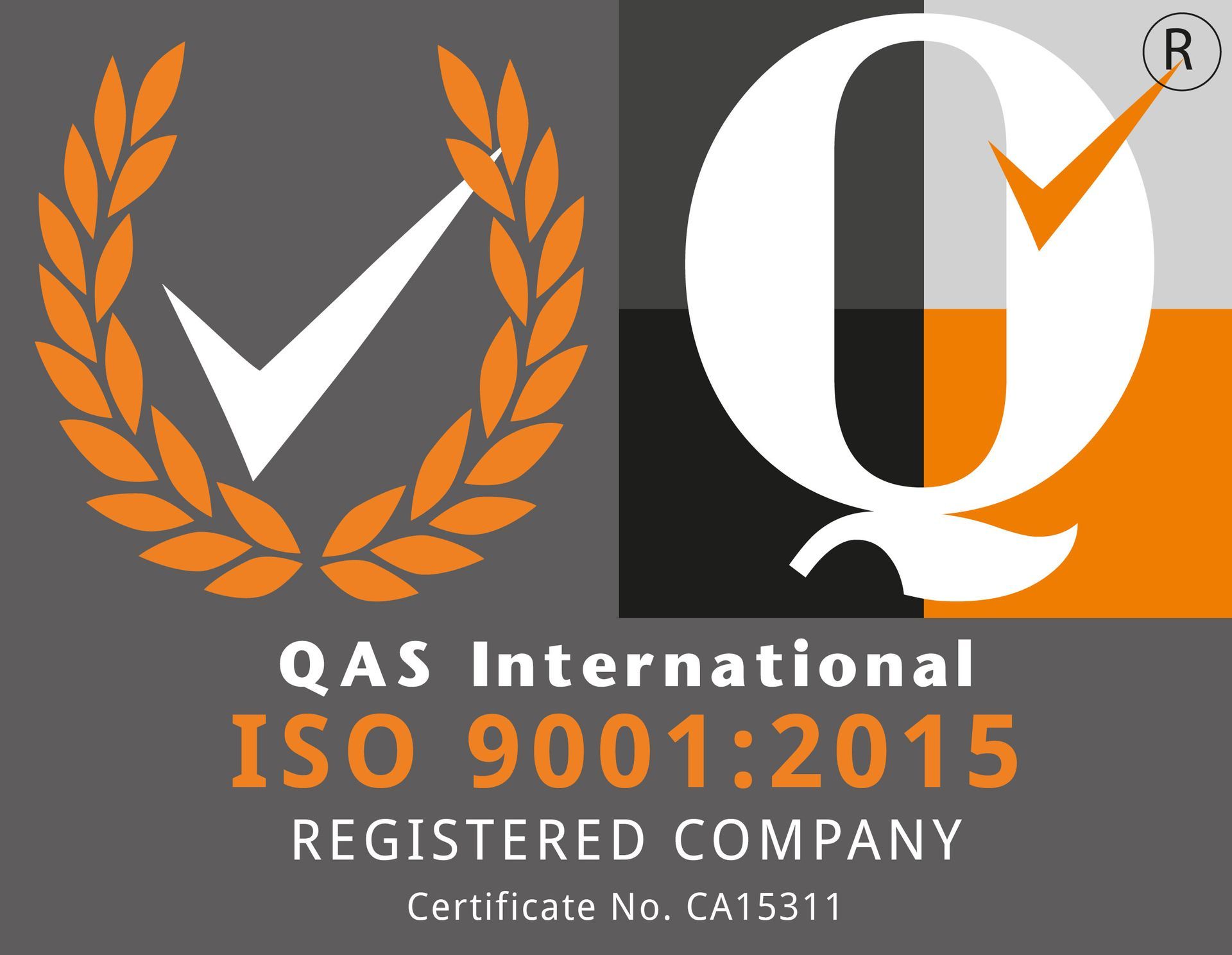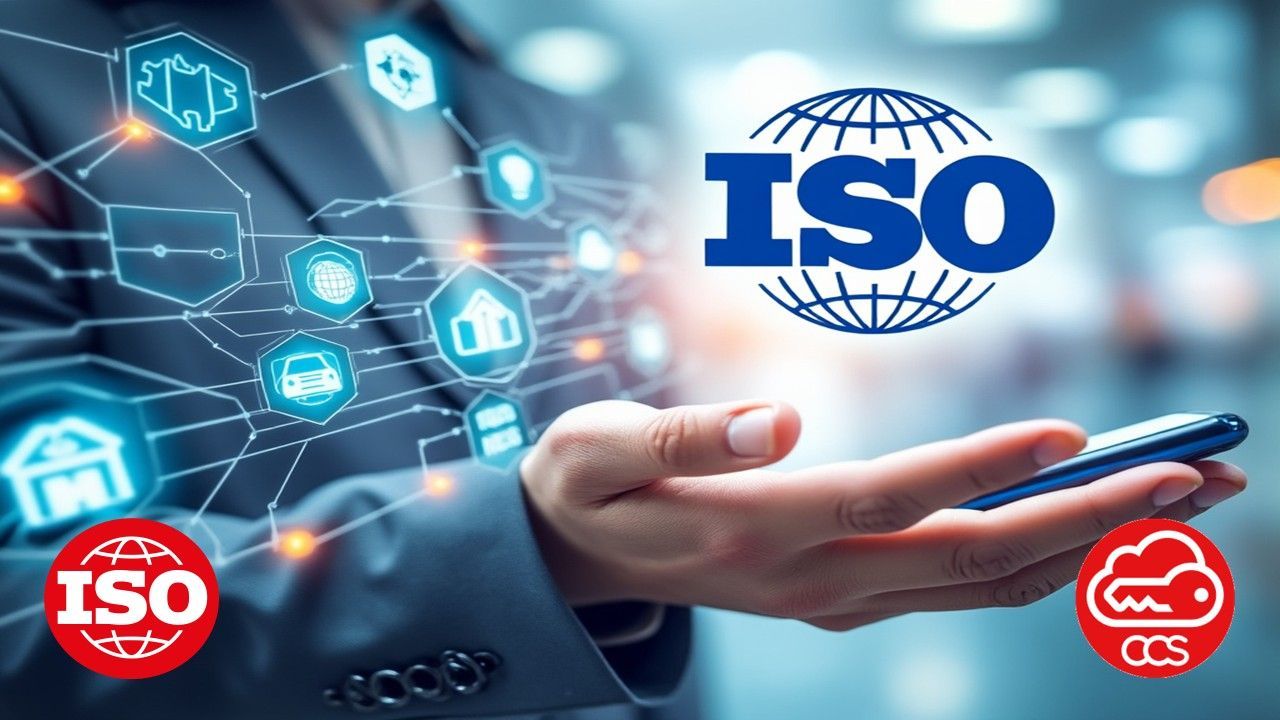ISO 45001 is an international standard for occupational health and safety management systems (OHSMS) developed by the International Organization for Standardization (ISO). It provides a framework for organizations to establish, implement, maintain, and improve their occupational health and safety practices to prevent work-related injuries, illnesses, and fatalities, and to promote a safe and healthy work environment.
The primary goal of ISO 45001 is to help organizations create a safe and healthy workplace by identifying and controlling health and safety risks, complying with legal and regulatory requirements, and continually improving their occupational health and safety performance.
Key elements of ISO 45001 include:
- Context of the Organization:
- Understanding the internal and external factors that can affect the organization's occupational health and safety management system, including the needs and expectations of interested parties.
- Leadership and Worker Participation:
- Demonstrating leadership commitment to occupational health and safety, establishing clear roles and responsibilities, and involving workers in decision-making processes related to health and safety.
- Planning:
- Identifying hazards, assessing risks, and determining appropriate controls to eliminate or minimize occupational health and safety risks to workers and other relevant interested parties.
- Support:
- Providing the necessary resources, training, communication, and consultation to support the effective implementation of the occupational health and safety management system.
- Operation:
- Implementing and maintaining procedures and controls to manage occupational health and safety risks, including emergency preparedness and response procedures.
- Performance Evaluation:
- Monitoring, measuring, and evaluating the effectiveness of the occupational health and safety management system, including performance indicators and incident investigation and reporting.
- Improvement:
- Continually improving the occupational health and safety management system based on performance monitoring and evaluation, management review, and feedback from workers and other relevant interested parties.
ISO 45001 certification involves a
third-party audit to assess whether an organization's occupational health and safety management system conforms to the requirements of the standard. Certification demonstrates to stakeholders, including workers, customers, regulators, and the public, that the organization is committed to ensuring a safe and healthy workplace and managing occupational health and safety risks effectively.
Why ISO 45001 Matters for Your Business:
ISO 45001 holds crucial importance for your business, providing a framework for implementing an effective Occupational Health and Safety Management System (OHSMS). Here's why it's indispensable:
- Employee Well-being and Safety:
- Emphasizes the health, safety, and well-being of employees, showcasing commitment to a safe work environment, reduction of workplace accidents, and protection of physical and mental well-being.
- Compliance with Legal Requirements:
- Assists in meeting stringent legal and regulatory requirements related to occupational health and safety. Ensures a systematic approach to identifying and complying with laws, reducing the risk of penalties and legal issues.
- Reduced Accidents and Incidents:
- Focuses on proactive hazard identification, risk assessment, and risk control measures. Systematically identifies potential hazards, assesses risks, and implements preventive measures to reduce accidents, incidents, and occupational illnesses.
- Improved Productivity and Efficiency:
- Promotes a culture of safety, positively impacting employee morale, motivation, and productivity. Encourages employee involvement in health and safety initiatives, leading to increased productivity, reduced absenteeism, improved retention, and overall efficiency.
- Enhanced Reputation and Stakeholder Trust:
- Certification demonstrates commitment to a safe workplace, enhancing reputation among stakeholders. Prioritizing occupational health and safety builds trust, credibility, and a positive brand image, leading to increased customer loyalty and a competitive advantage.
- Risk Management and Continuous Improvement:
- Promotes a systematic approach to identifying, assessing, and managing occupational health and safety risks. Establishes processes for ongoing risk management, monitoring, and improvement, helping identify areas for enhancement and continuously improve health and safety performance.
- Supplier and Contractor Management:
- Encourages criteria for selecting, evaluating, and monitoring suppliers and contractors based on their OH&S performance. Ensures partnerships with entities committed to safety, reducing risks associated with external parties and strengthening the overall supply chain.
Implementation of ISO 45001 brings benefits such as improved employee safety, legal compliance, reduced accidents, increased productivity, enhanced reputation, effective risk management, and continuous improvement. This structured approach enables businesses to create a safe work environment, protect employees, and thrive sustainably.



